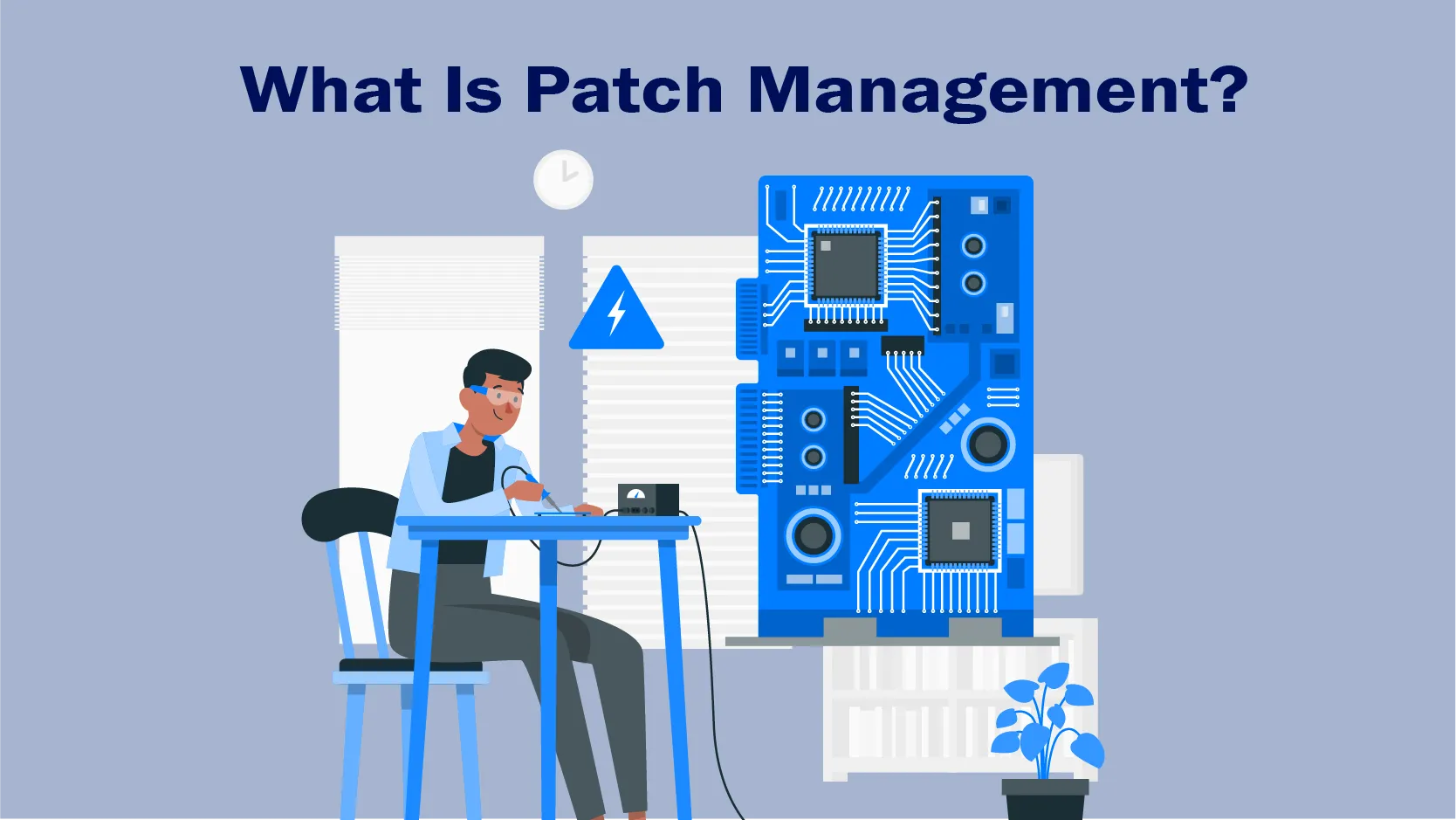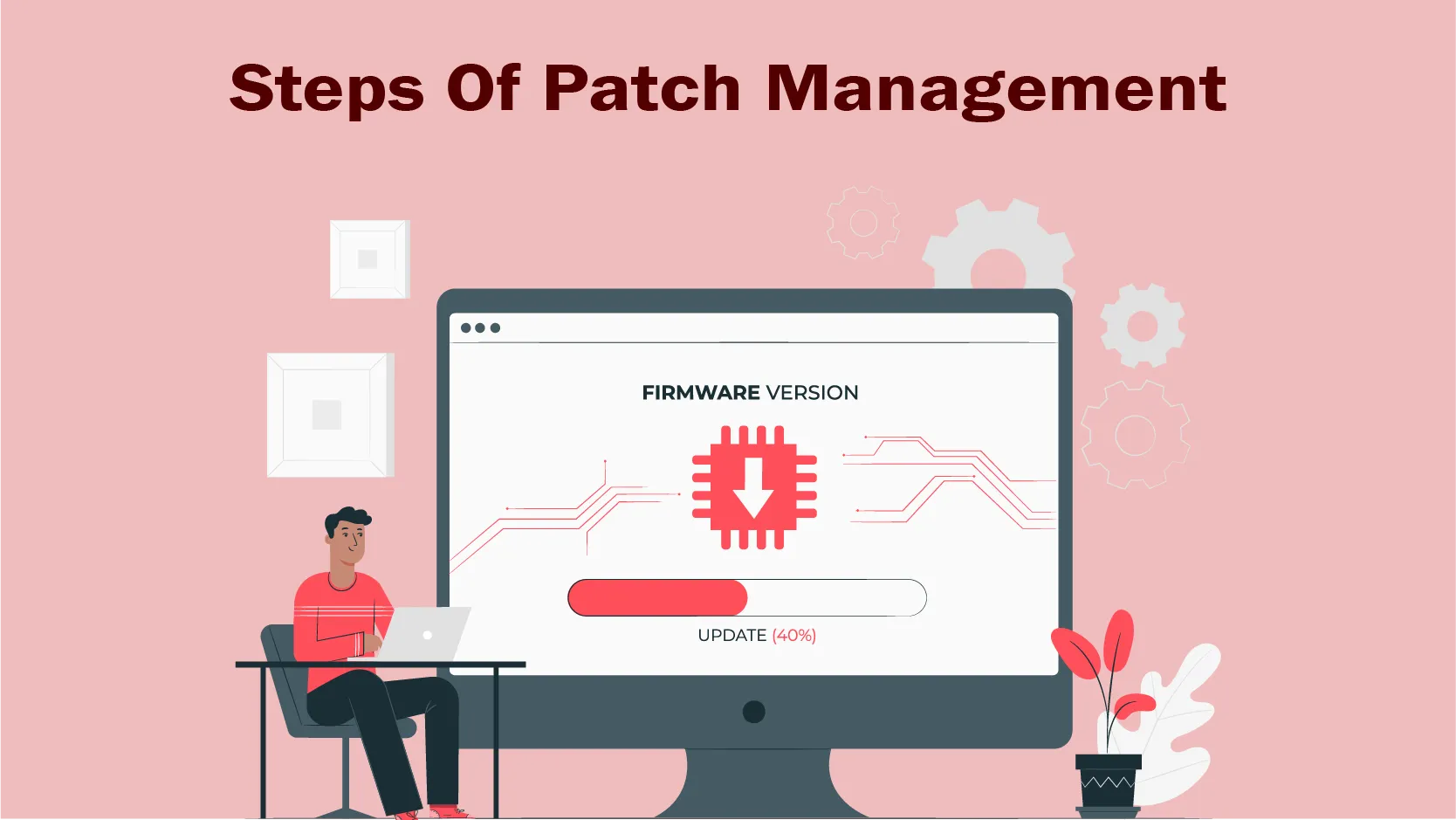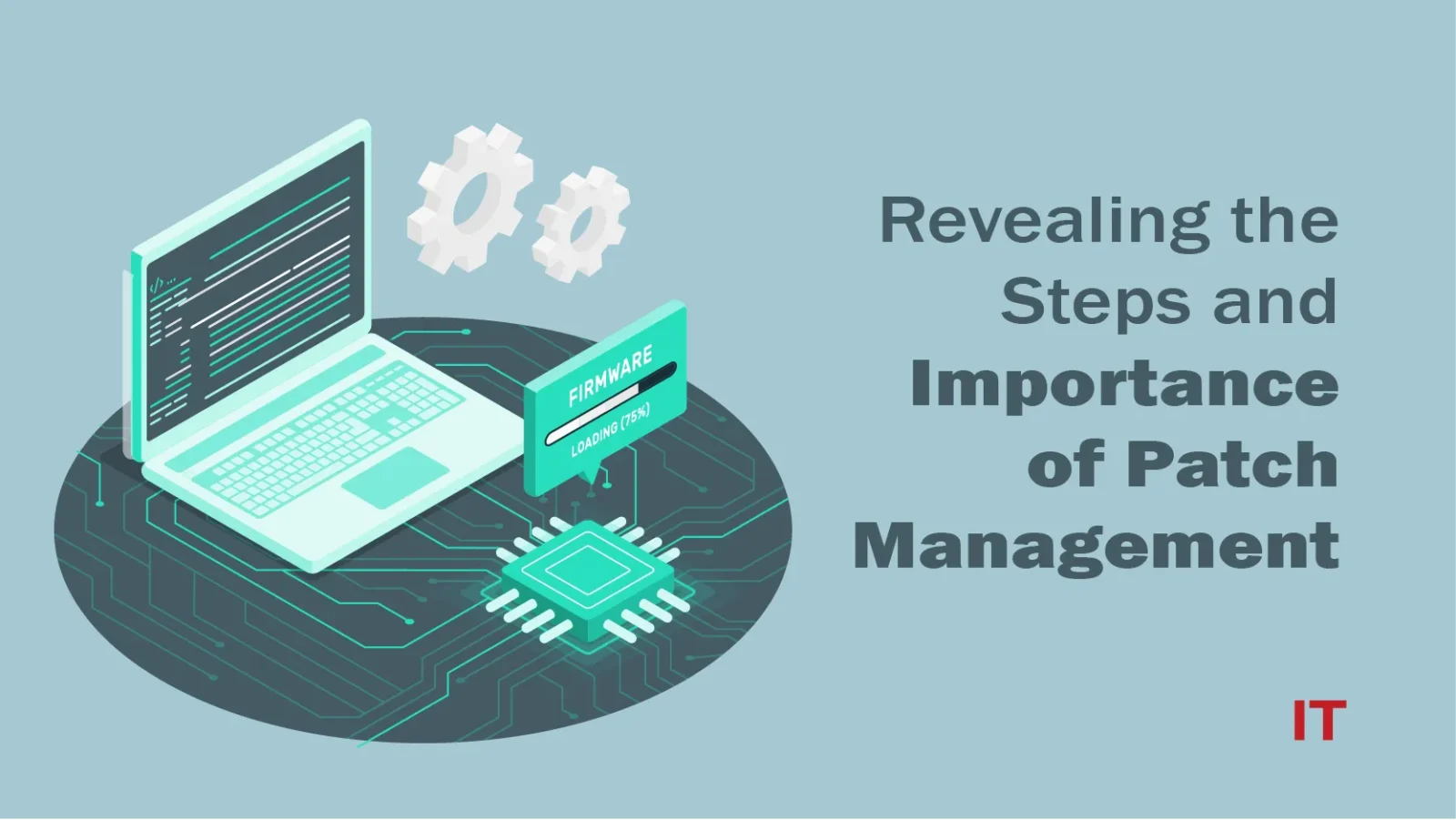What Is Patch Management?
Patch management is an approach to updating software, firmware, and drivers to protect them against vulnerabilities. An efficient strategy will ensure the systems are performing at the optimum level to boost the performance. All systems on the enterprise tech stack need to be secured, whether it is a laptop of a resource or a userless desktop like digital signage or kiosk.
Organizations that ignore the importance of patch management might expose their businesses to significant risks of data leaks and breaches. It might also have a significant impact on productivity or reputation loss.
The threat landscape is increasingly becoming agile, sophisticated, and complex. It has become crucial for businesses of all sizes, types, and industries to design and implement robust patch management strategies to ensure that the device is safe from known software vulnerabilities. The following are the key elements of a successful patch management strategy:
- Determining the devices on the business network that have missing patches.
- Collecting the necessary patches from the vendors automatically.
- Deployment of the patches to the devices
- Offering reports to make data-driven business decisions.
 Types of Patches
Types of Patches
There are various types of patches developed to overcome different system issues. It can be also created to enhance the general functionality and efficiency of the software. Here are the common types of patches that are leveraged for various purposes.
● Patches For Security Reasons
The rapid evolution in the technology sector is the key reason behind the importance of patch management. This is particularly true considering the technology’s dark side. The world today is filled with hackers and other cyber criminals constantly on the prowl to exploit new business networks to accomplish their malicious goals. Various patches are developed to defend recently identified holes in the network. Usually, the security teams discover these security holes once they have been exploited by malicious actors.
● Patches to Fix Bugs
Another critical type of patch is the one that is created to fix application mistakes. This type of patch is also helpful in overcoming known and unknown bugs that occur during the regular use of the system. These patches are effective in enhancing the overall operational performance. It helps to save time spent on handling these bugs. A few bugs are minor but the others need a significant amount of time for troubleshooting or workarounds. This results in wasting a lot of time and energy of the organization to fix these bugs.
Patches to fix the bugs or errors in the system can have a significant influence on the bottom line based on the severity of the bug. It will also depend on how often the bug is encountered. This patch management approach can offer real-time value to the enterprise by ensuring that the systems on the business network are updated with the latest patches that are the bug-free versions of software applications.
● Enhancements and Updates
In the competitive landscape of modern software development, companies are continuously striving to deliver the most advanced applications. This relentless pursuit necessitates significant investment in research and development to enhance their existing software offerings. Many of today’s leading IT firms adopt the Software as a Service (SaaS) model, which provides users with access to the latest updates for a fixed subscription fee.
These updates often include performance enhancements, such as improved processing speeds and reduced resource consumption. Additionally, they may introduce user-friendly features that streamline and expedite the use of applications. Frequently, updates incorporate a blend of these improvements, addressing performance and security vulnerabilities.
Also Read: Cyber Risk Management: A Beginner’s Guide for 2024
Steps Of Patch Management
 Here are a few patch management steps that security experts can consider to mitigate significant threats and risks to their business network
Here are a few patch management steps that security experts can consider to mitigate significant threats and risks to their business network
● Understand the Importance of Patch Management and Take Ownership
It is critical to detect the patch targets and their physical locations. Moreover, developing or gaining access to the patch catalog assists in maintaining an organized patch management approach.
● Design and Enforce Structured and Emergency Patching Protocols
Security teams need to install emergency patches outside the windows set for regularly scheduled patching. Security professionals should consider designing and setting clear protocols for both to streamline the process.
● Have a Clear Understanding of The Vendor’s Patch Release Timeframe
There are various types of operating systems (OS), applications, and firmware installations implemented on the enterprise tech stack. The timings of the patches for these applications or systems will also significantly vary depending on the vendor.
● Develop and Keep A Test Environment That is Realistic
The test environment developed to test the patches needs to stimulate the production environment closely, including the workload fluctuations. Once the patches work on the test environment, they can be deployed to the production environment. It can have a significant cost to develop and scale a test environment. Hence, usually, virtual test environments are developed that are a replica of the production environment. This replication of the environment is developed on a single computer or cloud service like AWS or Microsoft Azure. There are various vendors that offer online services that have the capability to manage the replication process.
● Evaluate the Processes and Outcomes
Assessment of the patch management KPIs will assist in determining the potential enhancements.
● Prioritize the Patch Management Based on The Risk Level
Security teams can assign criticality levels to the assets depending on their importance in the operations, potential downtime, and vulnerability risks. It is critical to evaluate, prioritize, and implement patches for the most important assets first.
● Stay on Top of the Security Vulnerability
Businesses need to subscribe to reputable and reliable sources to understand the common vulnerabilities and exposures to commercial systems. For instance, the vulnerability and exposure catalog of the U.S. government can be a good source of information. If the application is developed internally, security teams can rely on the software composition analysis platforms to monitor their open-source and third-party components.
● Release the Patches Quickly
Updating the patches in real-time might create inconvenience for the users. But if businesses wait for a longer period of time, it will significantly increase the risk of being exposed to malicious actors.
● Deploy the Production Rollouts in Phases
It is crucial to initially roll out the new patches to less critical systems. If the patches work according to the expectations, they can be deployed to the other systems as well.
● Have a Rollback Plan Ready Before Deployment
What if the patch management does not does not happen as expected? For instance, in the most recent case, the patch update of the Crowdstrike application caused disruption for multiple Microsoft systems that had the application installed. Hence, it is critical to have a rollback plan installed if things do not go as planned.
The Importance of Patch Management
The complexity of modern IT systems is increasingly making patch management a crucial and intricate task. However, it is essential to understand that patch management offers more benefits than the burden it appears to be. Organizations need to have better access and control of the devices on the business network. Security teams today have the ability to patch and repair systems remotely. Patch management is important for businesses to have smooth operations without the risks of being compromised by hackers, data thieves, and other cyber criminals with malicious intent.


































